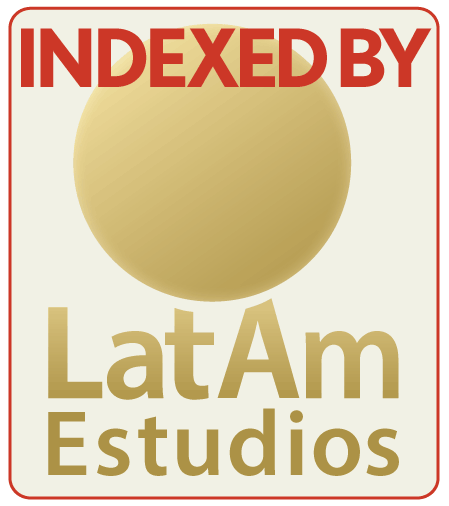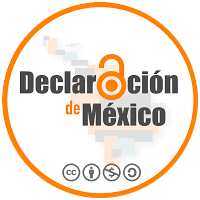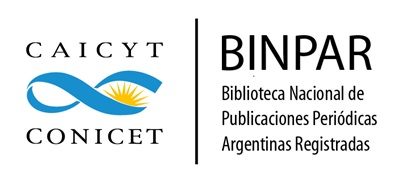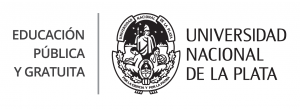Urban Spaces, Homeless Youth and Covid-19
DOI:
https://doi.org/10.24215/18524907e053Keywords:
power, citizenship, livelihood, disaster, immunityAbstract
The urban projects proposed by subsequent administrations from Bogota with the purpose of solving concerns regarding homeless youth have been developed as a response to physical and spatial issues, as well as public health difficulties associated with drug use. The crisis addressing the current global health emergency proves that these projects associate power technologies that seek despacialization trend. Besides studying the problem area previously described, the present article analyzes a series of spatial components adapted to the spatialization for homeless youth exposed to covid-19.
Downloads
Metrics
References
Agamben, F. (1997). Homo sacer. Tome 1. Le pouvoir sacré et la vie nue (Trad. Marlène Raiola). París, Francia: Seuil.
Agamben, F. (2002). L’Ouvert: De l’homme et de l’animal (Trad. Joël Gayraud). París, Francia: Payot & Rivages.
Agamben, F. (2018). Karman. Court traité sur l’action, la faute, le geste (Trad. Joël Gayraud). París, Francia: Seuil.
Canguilhem, G. (2013) [1966]. Le normal et le pathologique. París, Francia: PUF.
Chomsky, N. (7 de marzo de 2007). El control de los medios de comunicación [Entrada de Blog]. Recuperado de http://www.voltairenet.org/article145977.html
Departamento Administrativo Nacional de Estadísticas (DANE). (2020). Censo Nacional 2018. Recuperado de https://www.dane.gov.co/index.php/estadisticas-por-tema/demografiay-poblacion/censo-nacional-de-poblacion-y-vivenda-2018
Foucault, M. (1997). Il faut défendre la société. Cours au Collège de France (1976). París, Francia: Gallimard, Seuil.
Foucault, M. (2001). Space, Knowledge and Power [Espace, Savoir et Pouvoir], entretien avec P. Rabinow (Trad. F. Durand-Bogaert). En F. Ewald, D. Denfert y J. Lagrange (Eds.), Dits et Écrits II (1976-1988) [pp. 182-197]. París, Francia: Gallimard, Seuil.
Foucault, M. (2004). Sécurité, territoire, population. Cours au Collège de France (1977-1978). París, Francia: Gallimard, Seuil.
Huyghe, P-D. (2009). Modernes sans modernité. Éloge des mondes sans style. París, Francia: Lignes.
Heidegger, M. (1986) [1927]. Être et temps (Trad. François Vezin). París, Francia: Gallimard.
Ley Nacional 338 (1997). Ley de Desarrollo Territorial. Recuperado de https://www.funcionpublica.gov.co/eva/gestornormativo/norma.php?i=339
Preciado, P. (28 de marzo de 2020). Aprendiendo del virus. El País. Recuperado de https://elpais.com/elpais/2020/03/27/opinion/1585316952_026489.html
Sennet, R. (2019). Construir y habitar. Ética para la ciudad (Trad. Marco Galmarini). Barcelona, España: Anagrama.
Uexküll, J. V. (2010). Milieu animal et milieu humain (Trad. C. M. Freville). París, Francia: Payot & Rivages.
Weizman, A. (2008). À travers les murs. L’architecture de la nouvelle guerre urbaine. París, Francia: La Fabrique.
Additional Files
Published
How to Cite
Issue
Section
License
Copyright (c) 2021 Pablo Andrés Gómez Granda, Victoria Eugenia Mena Rodríguez

This work is licensed under a Creative Commons Attribution-NonCommercial-ShareAlike 4.0 International License.
The acceptance of an original by the journal implies the non-exclusive transfer of the patrimonial rights of the authors in favor of the publisher, who allows the reuse, after its edition (postprint), under a Creative Commons License Attribution-NonCommercial-ShareAlike 4.0 International.
According to these terms, the material can be shared (copy and redistribute in any medium or format) and adapted (remix, transform and create another work from the material), provided that a) the authorship and the original source of their publication (magazine and URL of the work) are cited, b) is not used for commercial purposes and c) the same terms of the license are maintained.
The assignment of non-exclusive rights implies that after postprint in Revista Argentina de Estudios de Juventud authors may publish their work in any language, media and format; in that case, it is requested that they signal that the material was originally published by this journal.
Assignment also entails the authors’ authorization for the work to be collected by SEDICI, the institutional repository of the Universidad Nacional de La Plata, and for it to be indexed in the databases that the publisher thinks appropriate for enhancing the visibility of the published work and its authors.
In addition, the journal encourages authors to submit their works to other institutional and thematic repositories after their publication in Revista Argentina de Estudios de Juventud, under the assumption that offering society unrestricted access to scientific and academic production contributes to a greater exchange in global knowledge.

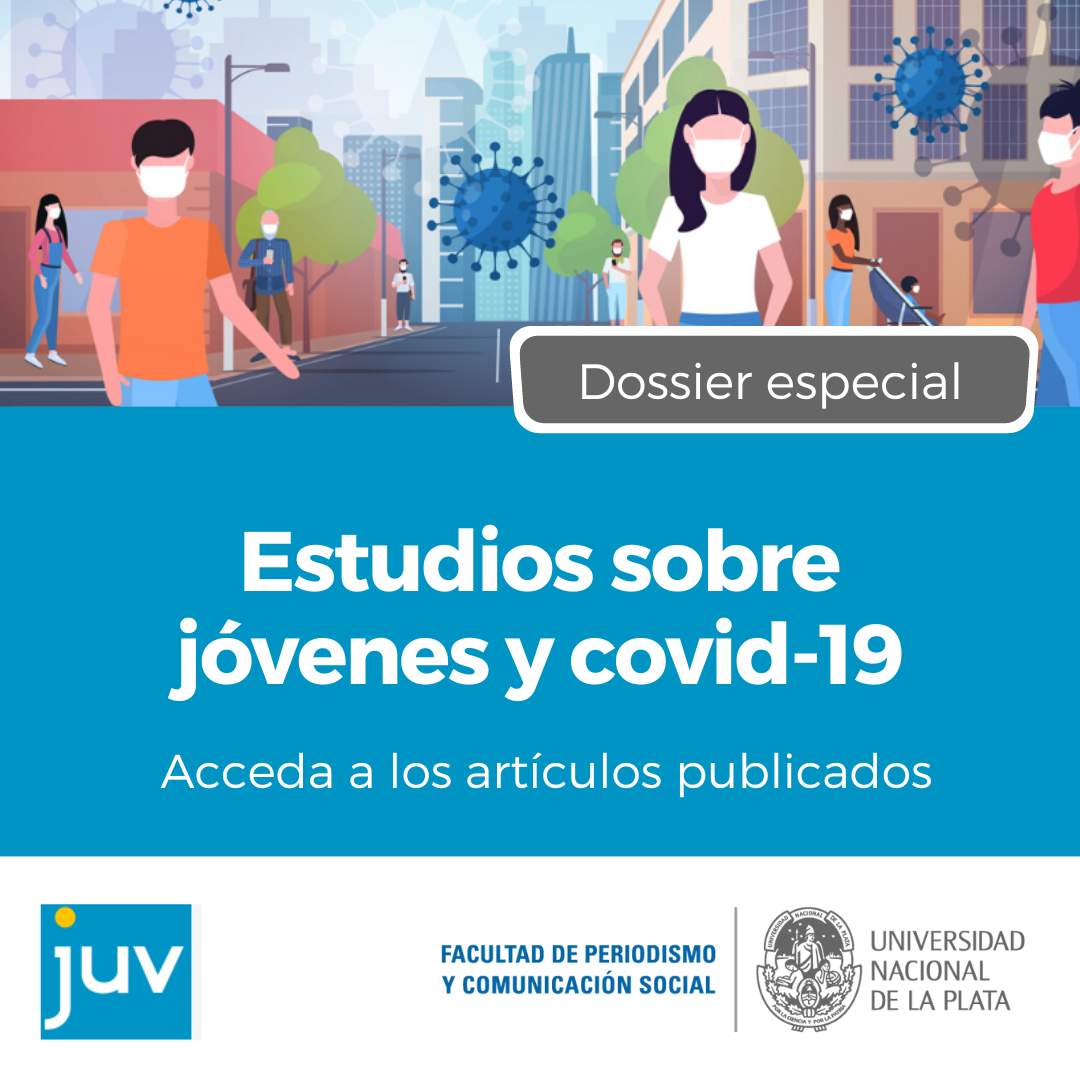




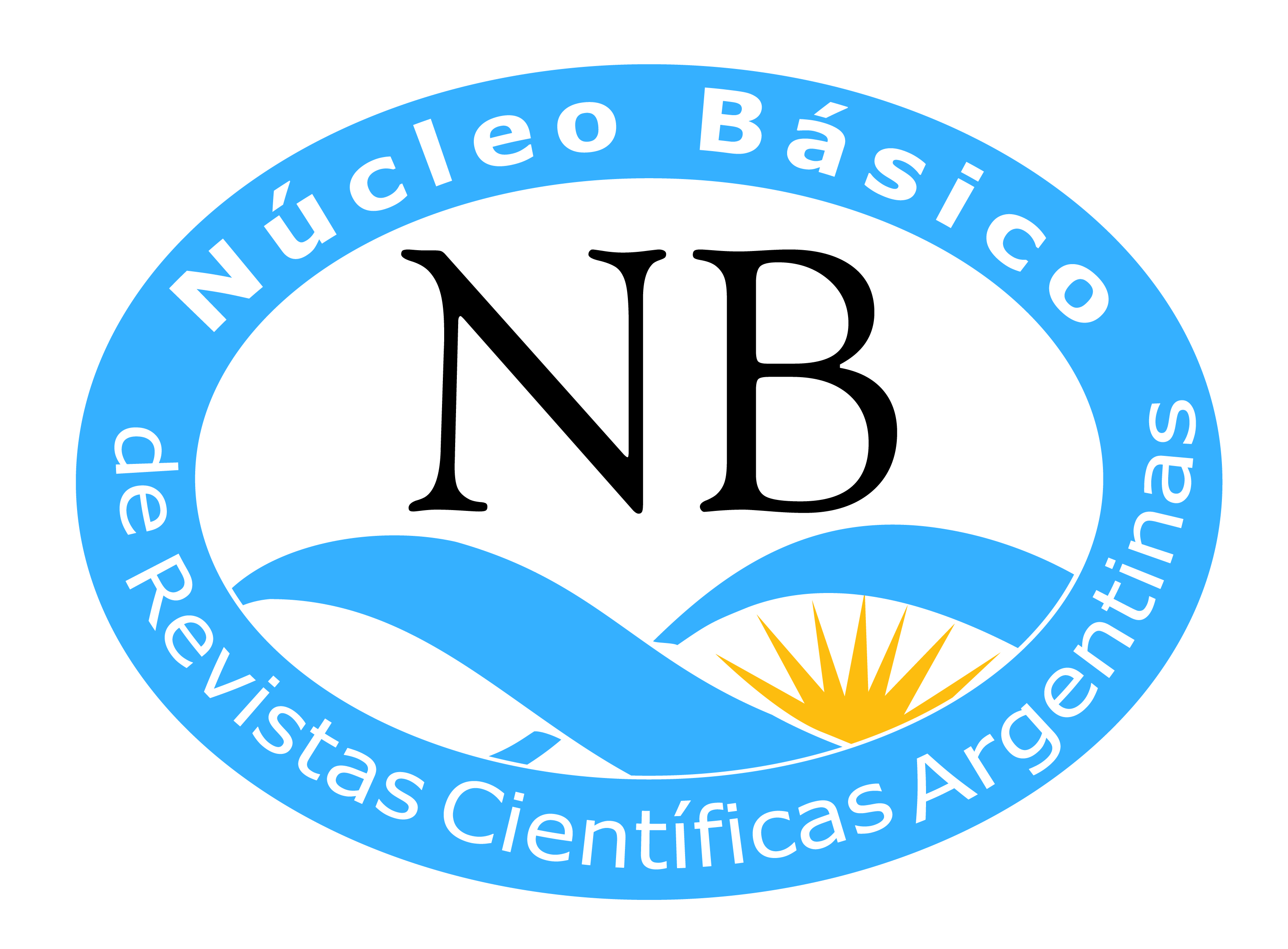


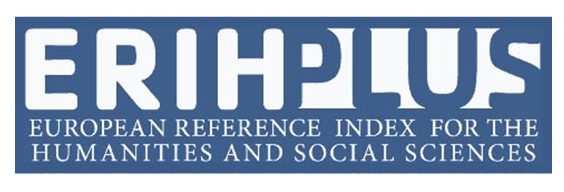



.png)
